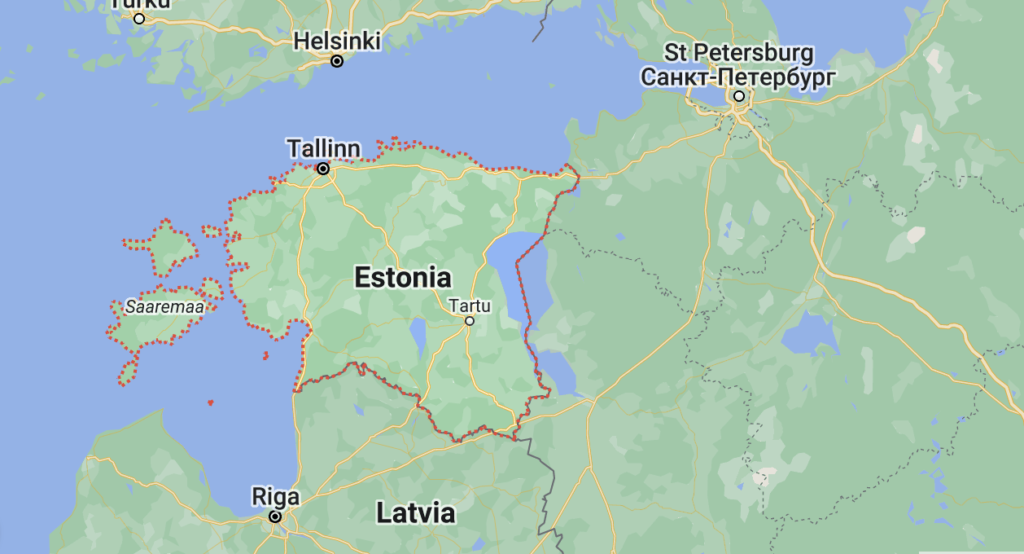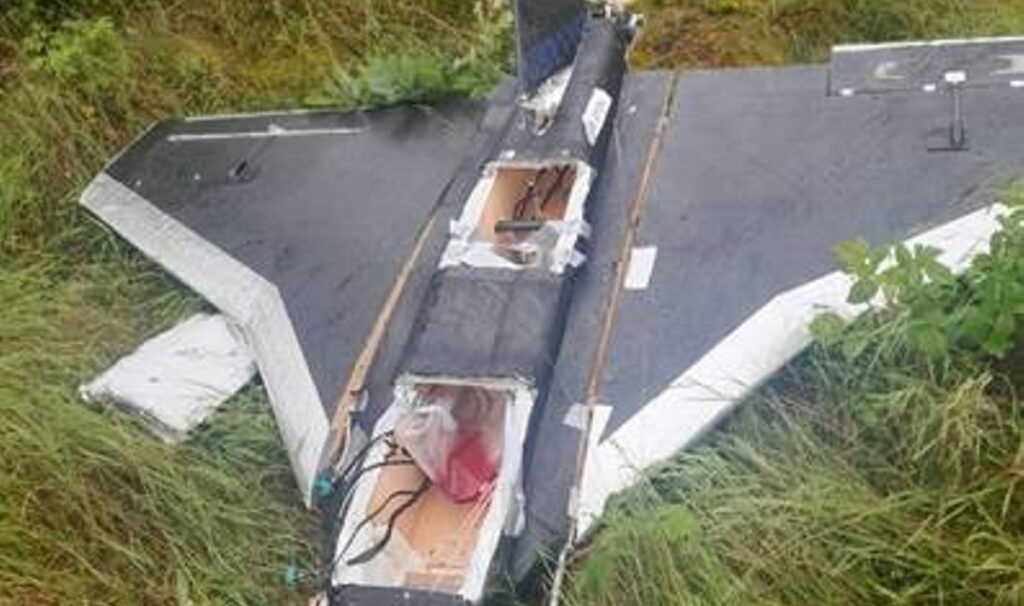Estonia says Russia is moving electronic warfare systems closer to NATO borders

Russia has deployed additional electronic warfare equipment near the Baltic nation’s frontier, escalating regional tensions as GPS jamming incidents increase across the region, Estonia’s Interior Minister Igor Taro said on 24 July.
Western security assessments warn that Russia poses a continuing threat of future aggression against EU countries, with concerns growing over its long-term strategic intentions beyond Ukraine. The Baltic nations – Lithuania, Latvia, and Estonia – are named among the most threatened nation.
Russian forces moved signals jamming systems to the Kingisiepp area, located 20 kilometers from Estonia’s border, Igor Taro announced during a press conference in Tallinn on 24 July, according to Bloomberg.
The Russian Defense Ministry did not respond to requests for comment.
The equipment mirrors technology Russia employs in Ukraine to disrupt drone navigation systems. However, the electronic warfare capabilities create widespread interference with GPS systems used by commercial aviation and maritime vessels.
Estonia’s internal security agency has contacted Russian military officials regarding the deployment, according to Taro. The development follows earlier warnings from Estonian authorities about intensified GPS interference near Narva and the Narva Bay coastline.
The jamming campaign extends beyond Estonia’s borders. Lithuanian Deputy Defense Minister Karolis Aleksa said that Russia’s GPS signal blocking scope “is expanding.” Polish Defense Minister Władysław Kosiniak-Kamysz said on 17 June that his country “records GPS disruptions over the Baltic Sea” linked to Russian activities.
Estonia, positioned on NATO’s eastern flank, maintains strong support for Ukraine while rapidly expanding its defense capabilities to counter potential Russian aggression. Regional tensions have heightened since Russia’s full-scale invasion of Ukraine, with Baltic states reporting increased electronic warfare incidents.
The electronic warfare systems pose risks beyond military applications, as GPS interference affects civilian aircraft navigation and commercial shipping operations throughout the Baltic region.


